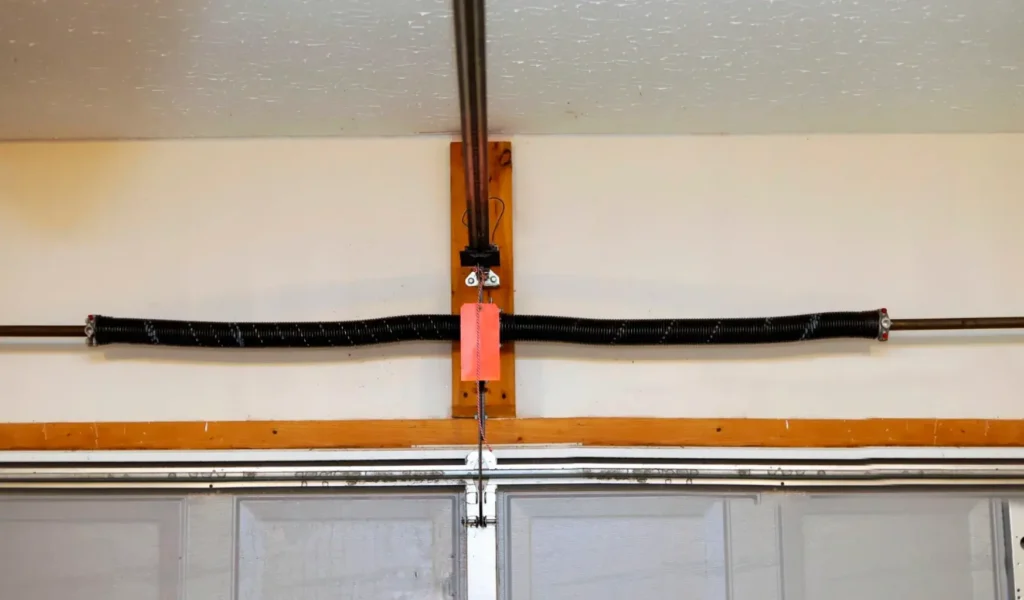Your garage door springs play a crucial role in ensuring smooth operation, balancing the weight of the door as it opens and closes. Over time, these springs experience wear and tear due to frequent use, exposure to the elements, and general aging. Knowing how to identify signs of wear early on can help prevent unexpected failures that may leave you unable to access your garage. Recognizing these warning signs allows you to take proactive steps and schedule a garage door spring replacement before a complete breakdown occurs, ensuring the continued functionality and safety of your door. Ignoring early signs of wear can lead to more extensive damage, which not only increases repair costs but may also pose a safety risk to anyone using the garage.
Slow or Uneven Door Movement
One of the most common indicators that you may need a garage door spring replacement is slow or uneven movement when opening or closing the door. If you notice that your garage door hesitates, jerks, or struggles to lift smoothly, it could be due to worn-out springs that are losing their tension. Springs that have stretched out or started to weaken may no longer provide the proper counterbalance for the weight of the door, leading to inconsistent motion. This issue can put extra strain on the garage door opener, potentially leading to additional repairs if left unaddressed. Regular inspections can help catch these early signs before the situation worsens. A professional assessment can determine whether simple adjustments can restore balance or if a full garage door spring replacement is necessary to maintain optimal function.
Loud Noises or Visible Wear and Tear
Another clear sign of spring deterioration is the presence of loud noises such as squeaking, grinding, or popping sounds when operating the door. These sounds often indicate that the springs are under extreme stress and may be nearing the end of their lifespan. In some cases, you may also notice visible gaps or stretching in the coils, indicating that the metal has lost its ability to contract and expand properly. If you see fraying, rust, or any visible damage to the springs, it’s a strong indication that a garage door spring replacement is needed. Ignoring these signs could lead to sudden failure, which can be both dangerous and costly to fix. It’s always best to replace worn-out springs before they break, as waiting until failure occurs can result in more extensive damage to the garage door system, including misalignment or track issues.
Read more:

